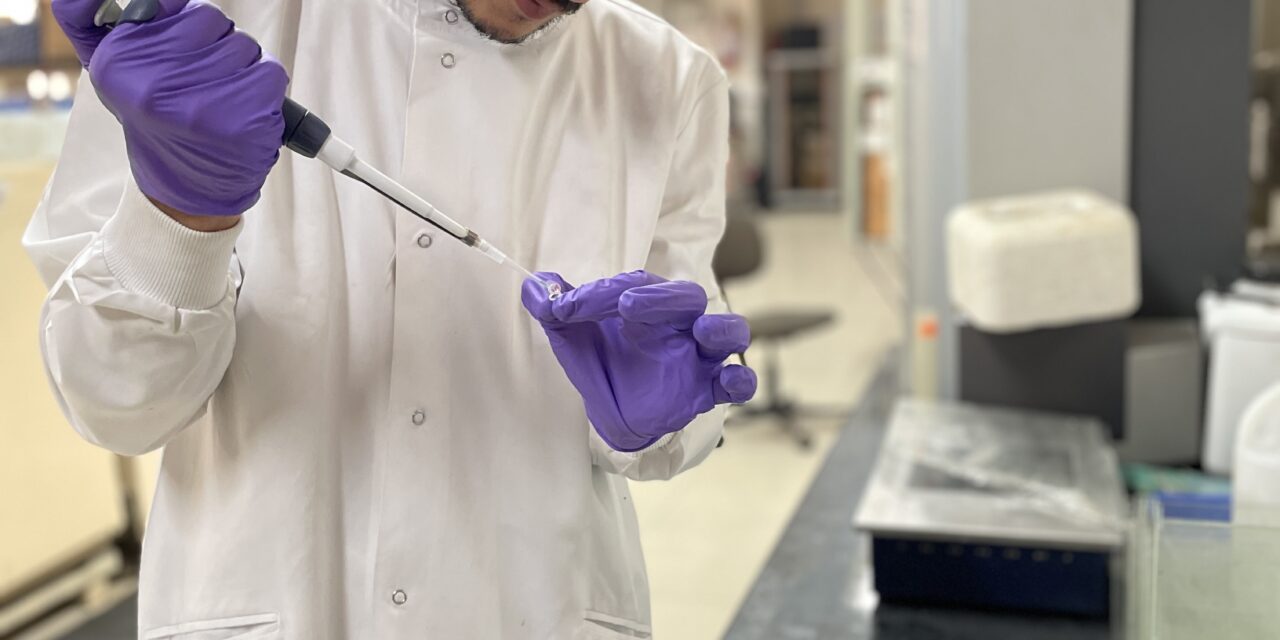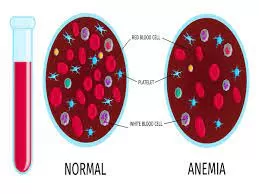In a saga that has gripped the nation’s agricultural heartland, India finds itself battling a relentless onslaught of lumpy skin disease, claiming the lives of over 100,000 cattle since May 2022. Amidst the chaos, a team of scientists spearheaded by Professor Utpal Tatu from the Indian Institute of Science (IISc) has embarked on a mission to decode the origins and evolution of the virus behind this devastating outbreak.
Published in BMC Genomics, their groundbreaking study delves deep into the genetic makeup of the Lumpy Skin Disease Virus (LSDV), shedding light on the intricate interplay between viral strains and the severity of the crisis.
Lumpy skin disease, caused by LSDV and transmitted by insects like flies and mosquitoes, manifests in fever and skin nodules, posing a grave threat to cattle populations. Originating in Zambia in 1931, LSDV remained confined to sub-Saharan Africa until its spread to the Middle East, Russia, and Europe in subsequent decades, before infiltrating South Asia. Notably, India has witnessed two major outbreaks of the disease, with the current surge eclipsing previous records in scale and devastation.
To unravel the enigma of the ongoing outbreak, the research team embarked on an ambitious quest, collecting samples from infected cattle across multiple states, including Gujarat, Maharashtra, Rajasthan, and Karnataka. Employing advanced whole-genome sequencing techniques, they meticulously analyzed DNA from 22 samples, unraveling the genetic signatures of the elusive virus.
The study unearthed two distinct LSDV variants circulating in India: one characterized by minimal genetic variations reminiscent of previous strains, and another exhibiting a plethora of mutations akin to strains observed during a Russian outbreak in 2015. According to co-lead author Ankeet Kumar, PhD student at IISc, the sheer diversity of genetic variations observed in the latter variant raises alarms, hinting at heightened virulence and disease severity.
Moreover, the team’s genomic analysis unveiled over 1,800 genetic variations, including deletions, insertions, and single-letter changes in DNA, particularly within genes critical for viral replication and immune evasion. These findings underscore the evolutionary prowess of LSDV and its ability to adapt to diverse host environments.
Professor Tatu emphasizes the pivotal role of multidisciplinary collaboration in tackling the crisis, citing the invaluable contributions of veterinary experts and computational scientists in deciphering the virus’s genomic landscape. He envisions their findings guiding the development of targeted diagnostics and vaccines, heralding a new dawn in the fight against emerging infectious diseases.
As India grapples with the relentless onslaught of lumpy skin disease, Tatu’s research stands as a beacon of hope, offering critical insights into the genetic underpinnings of the crisis. Through relentless dedication and interdisciplinary cooperation, the nation marches one step closer towards safeguarding its precious cattle population and agricultural heritage.
The study, a testament to the power of science in times of crisis, exemplifies the spirit of resilience and innovation driving India’s scientific community forward.
For further information:
Professor Utpal Tatu
Department of Biochemistry
Indian Institute of Science (IISc)
Email: [email protected]
Phone: +91-80-2293 2823
Website: http://utlab3.biochem.iisc.ernet.in/











